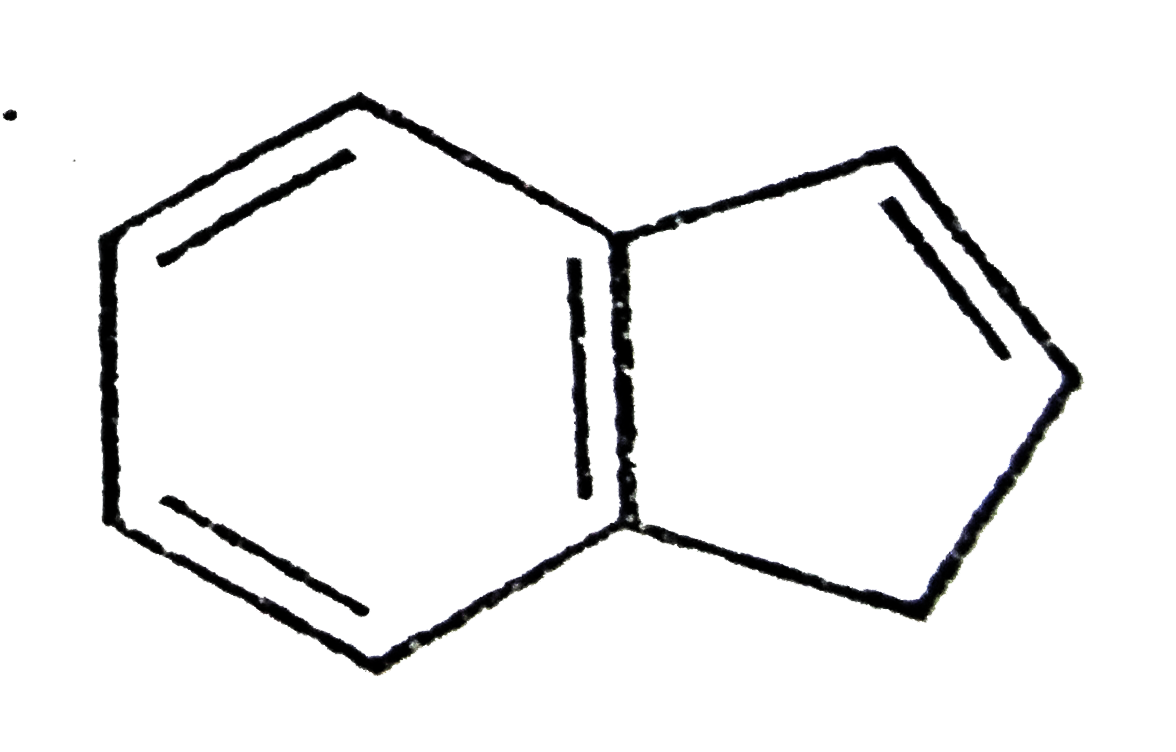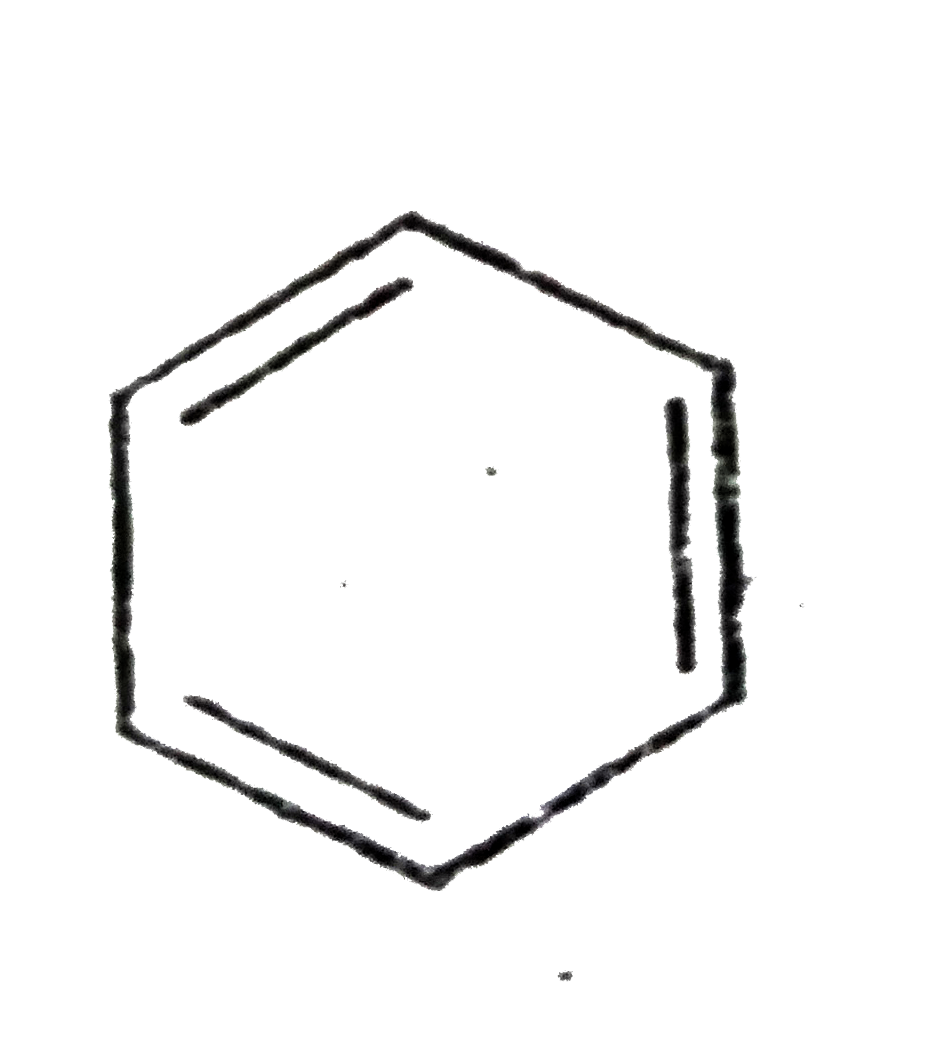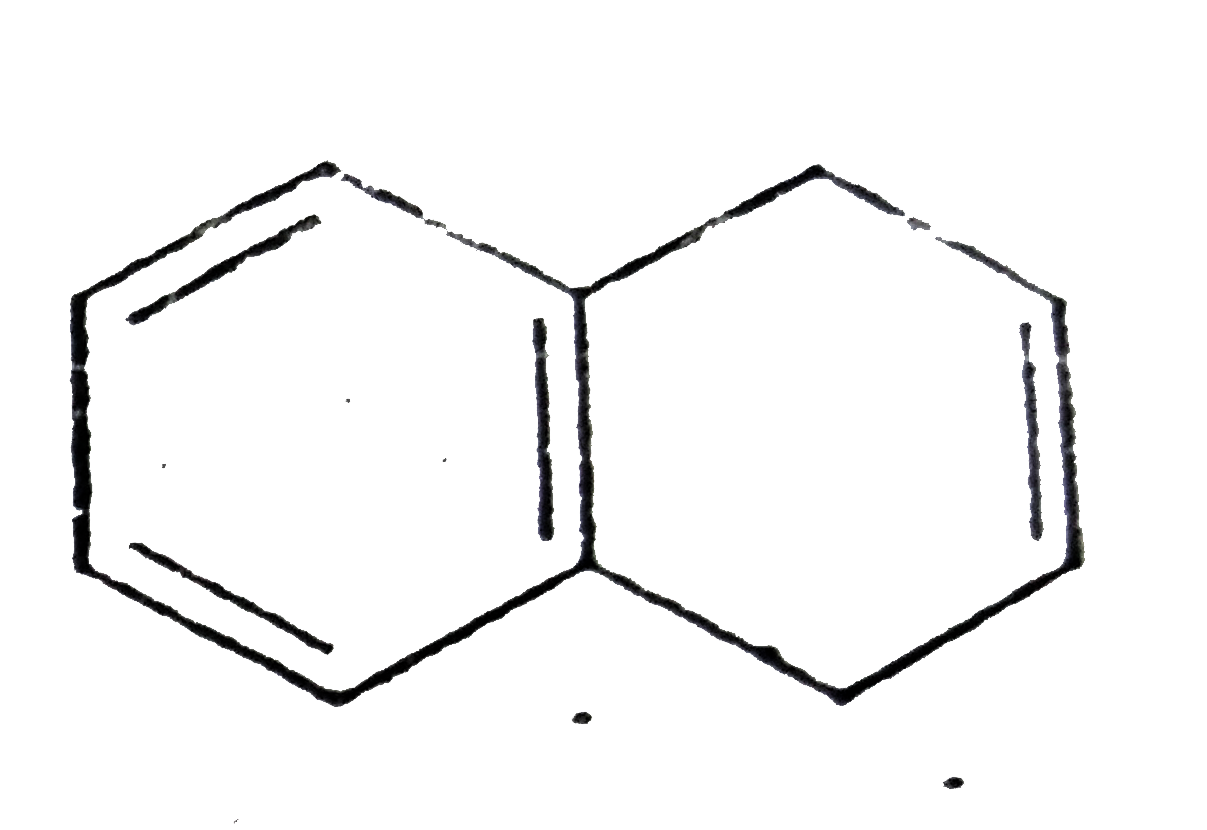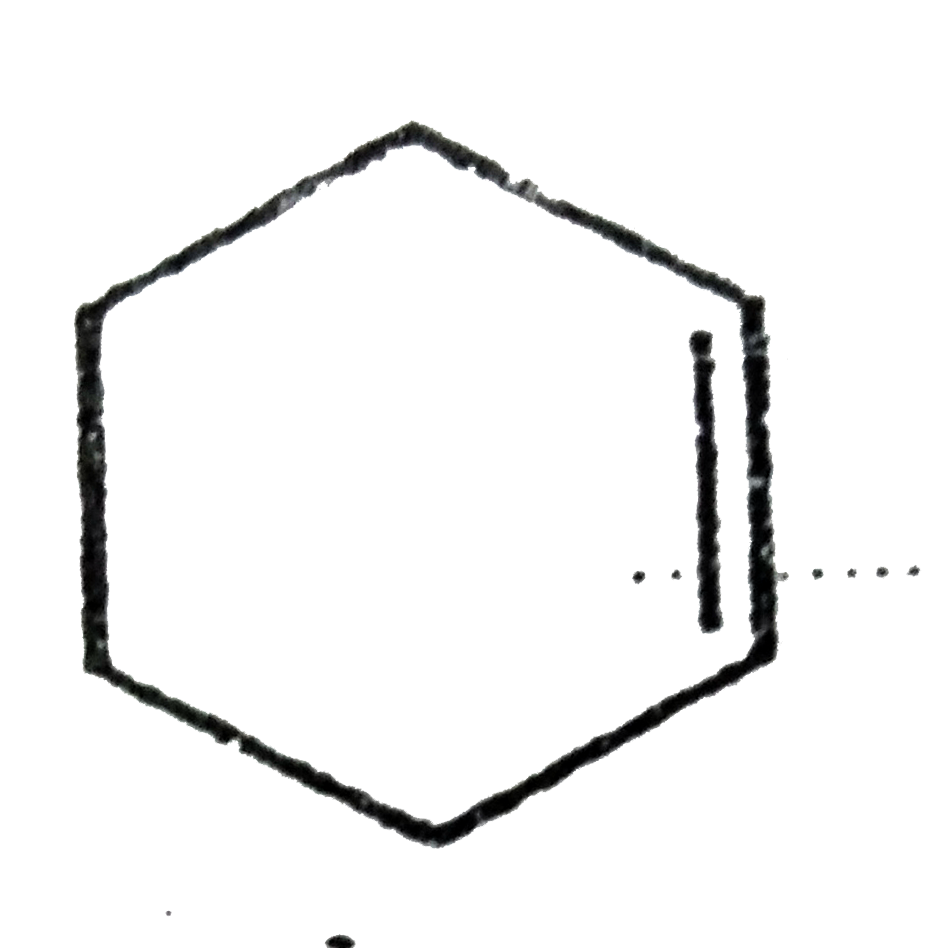Which of the following compound is most reactive towards an electrophite (E+) ?




The correct Answer is:A
To determine which compound is most reactive towards an electrophile (E⁺), we need to analyze the stability of the carbocations formed when each compound reacts with the electrophile. The more stable the carbocation, the more reactive the compound will be.
1. Identify the Compounds:
Let's assume we have four different compounds (not specified in the question). For the sake of this solution, we will refer to them as Compound 1, Compound 2, Compound 3, and Compound 4.
2. Understanding Electrophilic Addition:
In electrophilic addition, the double bond in the compound attacks the electrophile (E⁺), leading to the formation of a carbocation. The stability of this carbocation is crucial in determining the reactivity of the compound.
3. Analyze Compound 1:
- Compound 1 has a structure that allows for resonance stabilization.
- When the double bond attacks the electrophile, it can lead to a carbocation that can be stabilized by resonance with multiple double bonds.
- This results in a highly stable carbocation.
4. Analyze Compound 2:
- Compound 2 also contains double bonds, but fewer than Compound 1.
- The carbocation formed here can also be stabilized by resonance, but to a lesser extent than Compound 1.
- Therefore, it is less reactive than Compound 1.
5. Analyze Compound 3:
- Compound 3 has a similar structure to Compound 2 but with even fewer double bonds available for resonance stabilization.
- The carbocation formed here is less stable than that of Compound 1 and Compound 2.
- Hence, it is less reactive.
6. Analyze Compound 4:
- Compound 4 has only one double bond.
- The carbocation formed here is the least stable since it lacks resonance stabilization.
- This makes it the least reactive towards electrophiles.
7. Conclusion:
- After analyzing all compounds, we find that Compound 1, which allows for the most resonance stabilization of the carbocation, is the most reactive towards an electrophile (E⁺).
- Therefore, the answer to the question is Option 1.
Let's assume we have four different compounds (not specified in the question). For the sake of this solution, we will refer to them as Compound 1, Compound 2, Compound 3, and Compound 4.
In electrophilic addition, the double bond in the compound attacks the electrophile (E⁺), leading to the formation of a carbocation. The stability of this carbocation is crucial in determining the reactivity of the compound.
- Compound 1 has a structure that allows for resonance stabilization.
- When the double bond attacks the electrophile, it can lead to a carbocation that can be stabilized by resonance with multiple double bonds.
- This results in a highly stable carbocation.
- Compound 2 also contains double bonds, but fewer than Compound 1.
- The carbocation formed here can also be stabilized by resonance, but to a lesser extent than Compound 1.
- Therefore, it is less reactive than Compound 1.
- Compound 3 has a similar structure to Compound 2 but with even fewer double bonds available for resonance stabilization.
- The carbocation formed here is less stable than that of Compound 1 and Compound 2.
- Hence, it is less reactive.
- Compound 4 has only one double bond.
- The carbocation formed here is the least stable since it lacks resonance stabilization.
- This makes it the least reactive towards electrophiles.
- After analyzing all compounds, we find that Compound 1, which allows for the most resonance stabilization of the carbocation, is the most reactive towards an electrophile (E⁺).
- Therefore, the answer to the question is Option 1.
Topper's Solved these Questions
- HYDROCARBONSBOOK - AAKASH INSTITUTECHAPTER - HYDROCARBONSEXERCISE - SECTION-C OBJECTIVE TYPE QUESTIONS (MORE THAN ONE OPTIONS ARE CORRECT)
12 Videos
- HYDROCARBONSBOOK - AAKASH INSTITUTECHAPTER - HYDROCARBONSEXERCISE - SECTION-D LINKED COMPREHENSION TYPE QUESTIONS
6 Videos
- HYDROCARBONSBOOK - AAKASH INSTITUTECHAPTER - HYDROCARBONSEXERCISE - ASSIGNMENT SECTION-A COMPETITION LEVEL DIFFER BY
50 Videos
- HALOALKANES AND HALOARENES BOOK - AAKASH INSTITUTECHAPTER - HALOALKANES AND HALOARENES EXERCISE - ASSIGNMENT SECTION -D
15 Videos
- HYDROGENBOOK - AAKASH INSTITUTECHAPTER - HYDROGENEXERCISE - ASSIGNMENT (SECTION - D) (Assertion-Reason Type question)
15 Videos
Similar Questions
Knowledge Check
Which of the following is most reactive toward SNAr?
A B
B C
C D
D
Which of the following is most reactive toward SNAr?
A B
B C
C D
D
Which of the following is most reactive towards dihydrogen ?
ACl2BBr2CF2DI2
Which of the following is most reactive towards aqueous HBr?
View SolutionWhich of the following is most reactive towards aqueous HBr?
View SolutionWhich of the following is most reactive towards electrophilic nitration ?
View SolutionWhich of the following is most reactive towards aqueous HBr?
View SolutionWhich of the following is most reactive towards sulphonation ?
View Solution
